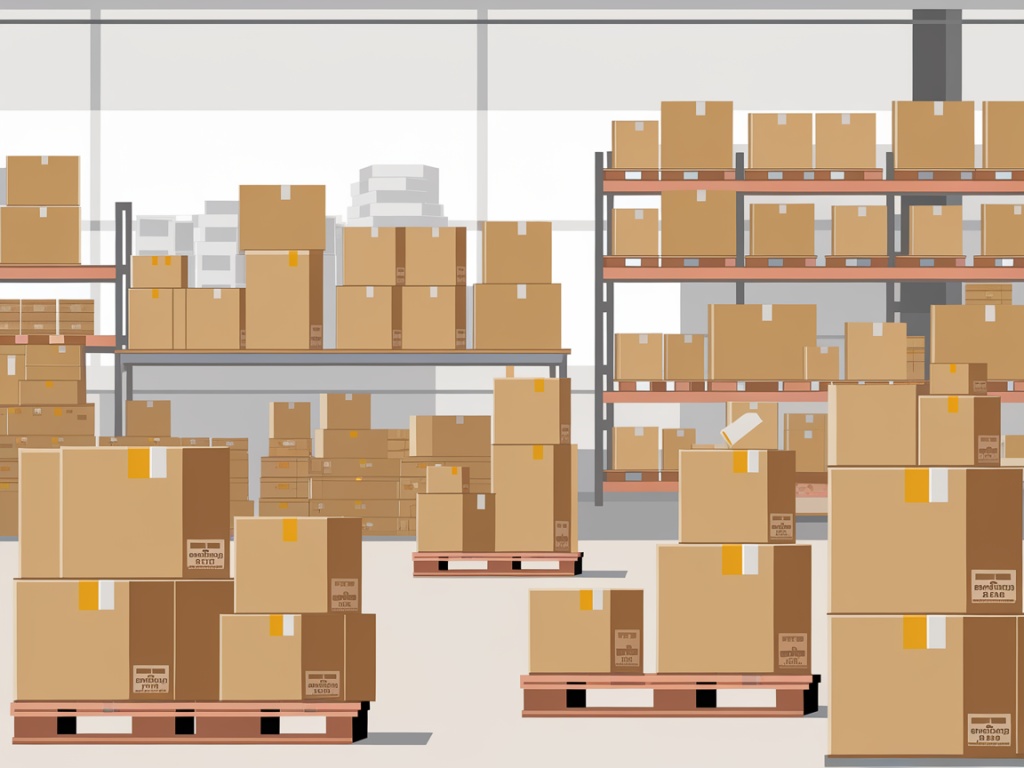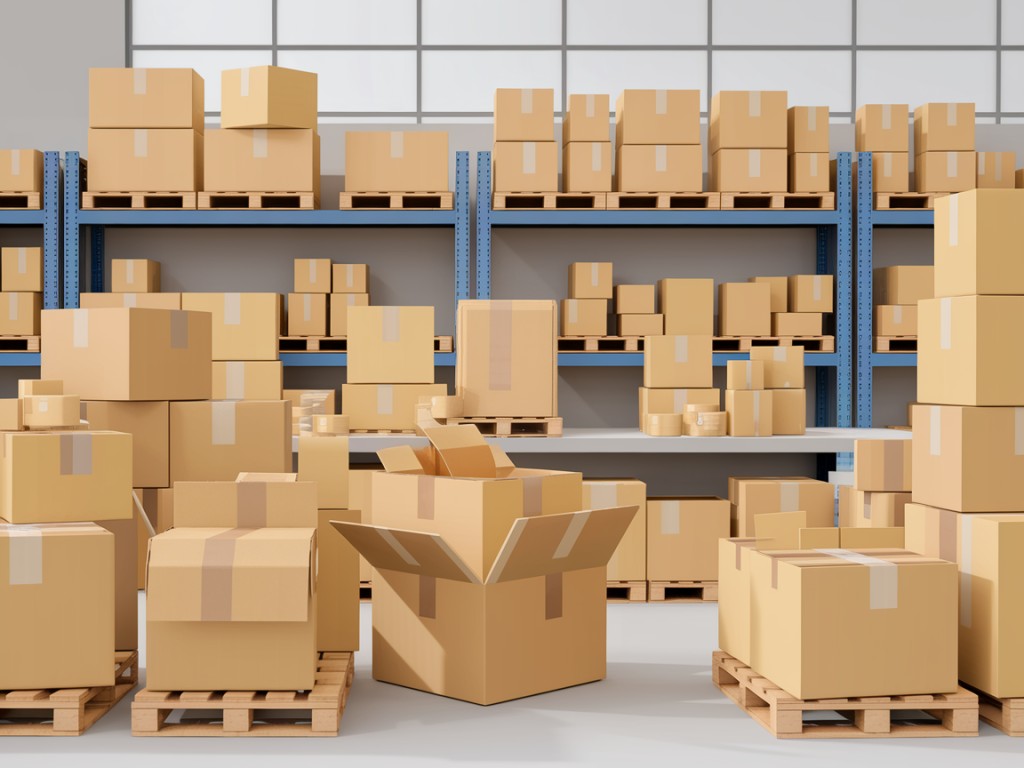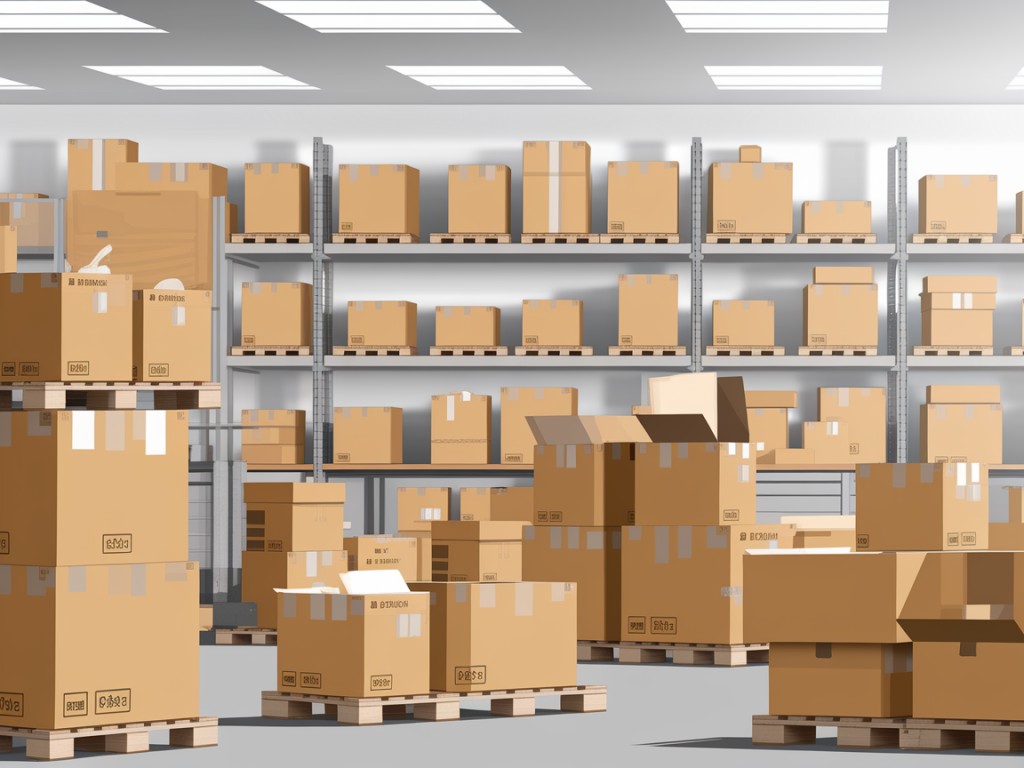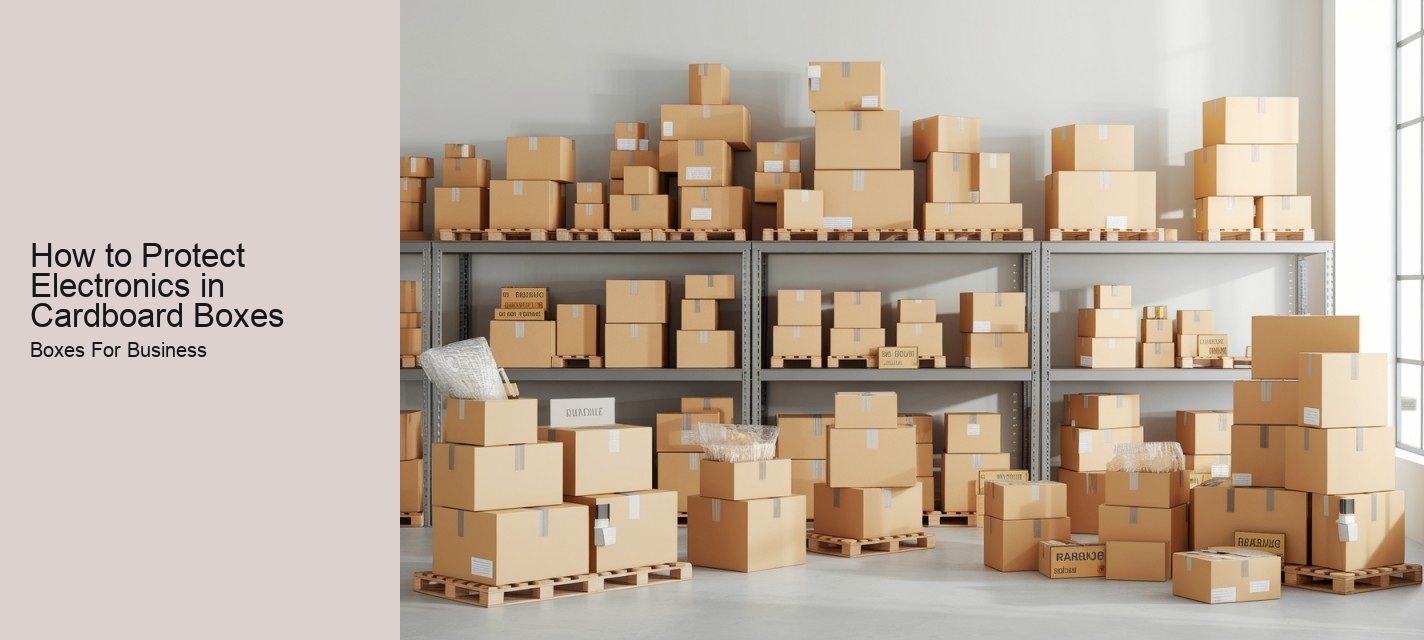How to Protect Electronics in Cardboard Boxes
Protecting your electronics while shipping or storing them in cardboard boxes can be a daunting task, given how sensitive these devices can be to even the slightest mishandling.
How to Protect Electronics in Cardboard Boxes - Die-cut chipboard and cardboard boxes
- Die-cut chipboard and cardboard boxes
- Cardboard boxes for manuscript and document storage
- Handy moving kit cardboard box sets
- Cardboard boxes with kraft paper tape
- Cardboard boxes for electronics packaging
1. Assess Your Electronics
Before you start packing, take a moment to assess the electronics you need to protect. Different devices require different levels of care. For example, a smartphone might need more cushioning than a tablet, and both might require more protection than a gaming controller. Understanding the specific needs of your electronics will help you tailor your packaging strategy.
2. Use the Right Box

Choosing the right box is crucial. The box should be neither too big nor too small. A box that's too small can cause your electronics to shift and move around, while a box that's too large leaves unnecessary space for movement and potential damage.
How to Protect Electronics in Cardboard Boxes - Cardboard boxes for electronics packaging
3. Line the Box with Bubble Wrap or Foam
Once you've selected the right box, line it with bubble wrap or foam padding. These materials absorb shock and protect your device from impacts. If you have multiple items to pack, consider wrapping each one individually in bubble wrap or foam before placing them in the box. This adds an extra layer of protection and keeps items from bumping into each other.
4. Use Styrofoam Peanuts or Packing Paper

Fill the remaining space in the box with packing peanuts or packing paper. These materials help fill any gaps and prevent your electronics from shifting during transit. Make sure to pack your device securely, but not too tightly. It's important that there's enough space for air to circulate, which can help prevent moisture buildup.
5. Place Padding Around the Device
After placing your device inside the box, surround it with additional padding. You can use foam inserts, cushioned bags, or even more bubble wrap.
How to Protect Electronics in Cardboard Boxes - Cardboard boxes for manuscript and document storage
- Cardboard boxes for electronics packaging
- Cardboard boxes with kraft paper tape
- Cardboard boxes for electronics packaging
- Cardboard boxes with kraft paper tape
- Cardboard boxes for electronics packaging

6. Seal the Box Properly
Once everything is packed, seal the box securely. Use strong tape to ensure that the box won't come apart during transit. Consider using reinforced tape, especially if you're shipping heavy or valuable items. Additionally, you might want to label the box as "Fragile" or "Handle with Care" to alert carriers to the delicate contents.
7.How to Protect Electronics in Cardboard Boxes - Cardboard boxes with kraft paper tape
Consider Additional Protection
For extra protection, especially if shipping internationally or via air, consider using a protective outer case. Many electronics manufacturers sell cases specifically designed for shipping. These cases are often made of durable materials and can significantly reduce the risk of damage.
8. Pack Multiple Boxes Carefully
If you're shipping multiple items, pack each one in its own box. This prevents items from shifting and potentially damaging each other.
How to Protect Electronics in Cardboard Boxes - Cardboard boxes with kraft paper tape
- Handy moving kit cardboard box sets
- Cardboard boxes with kraft paper tape
- Cardboard boxes for electronics packaging
- Handy moving kit cardboard box sets
- Cardboard boxes with kraft paper tape
9. Keep Electronics in a Cool, Dry Place
When storing electronics, keep them in a cool, dry place away from direct sunlight and extreme temperatures. This helps prevent moisture buildup and degradation over time.
10. Test and Inspect Before Shipping
Before finalizing your shipment, take a moment to inspect the packed box. Shake it gently to check if anything moves around inside. If you hear rattling or shifting, re-pack the box with more padding to ensure everything is secure.
Protecting your electronics in cardboard boxes requires attention to detail and a bit of creativity. By following these steps, you can ensure that your devices arrive safely, no matter the distance or mode of transport. Remember, prevention is always better than repair, so take the time to pack your electronics properly and avoid any unnecessary stress or potential losses.






